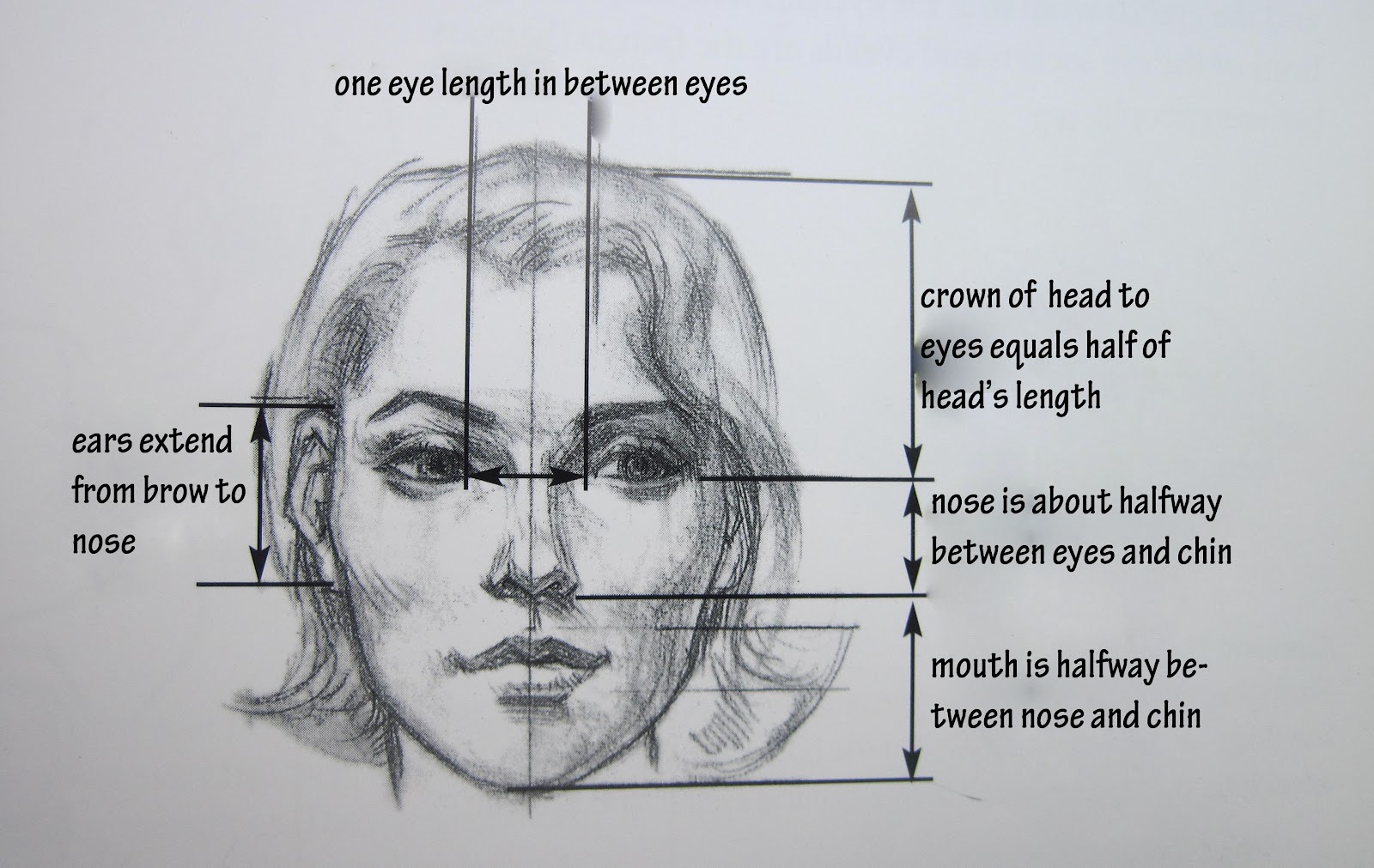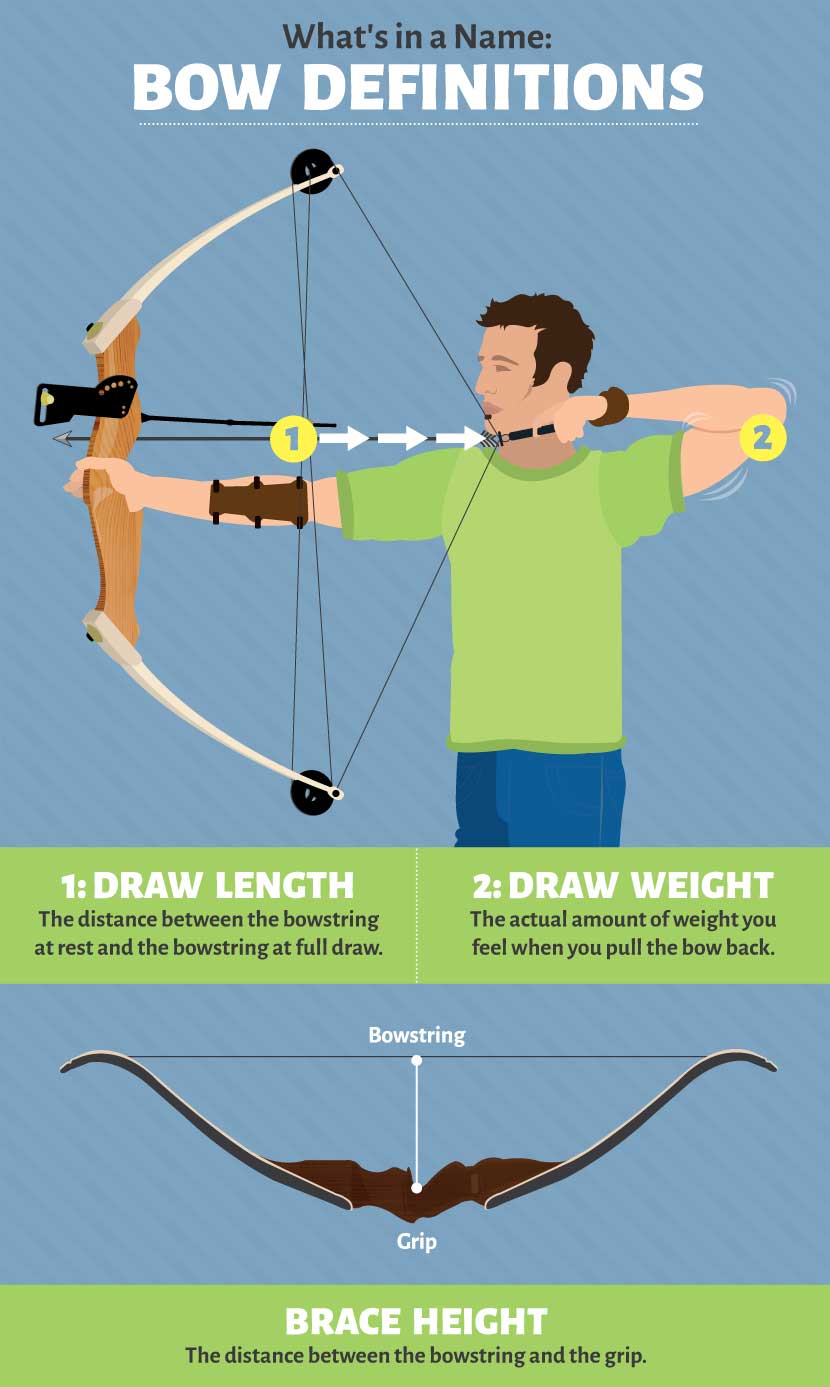Proportionen proportions
Table of Contents
Table of Contents
If you’re interested in learning how to draw faces, getting the proportions right is essential. Even a slight mistake in proportion can throw off the entire drawing and make it look unrealistic. But don’t worry, with some practice, you can easily master the art of drawing face proportions. In this post, we’ll discuss everything you need to know about drawing face proportions.
Understanding the Pain Points
Are you struggling to draw realistic faces? Do you find it difficult to get the facial proportions right? You’re not alone. Many beginners face this challenge when learning how to draw faces. The good news is that drawing face proportions is a skill that can be learned and improved with practice.
Answering the Target
The first step in drawing face proportions is to understand the basic structure of the human face. The face can be divided into three equal parts – the forehead, the nose bridge and the chin. Each of these parts can be further divided into smaller sections, which define the overall proportions of the face. Some of the key proportions to keep in mind when drawing faces include the distance between the eyes, the height of the forehead, the shape of the jawline, and the size of the nose and lips.
Summarizing the Main Points
To draw realistic face proportions, it’s important to first understand the basic structure of the human face. This involves dividing the face into three equal parts and focusing on key proportions such as the eyes, forehead, jawline, nose, and lips. With practice, you can master the art of drawing face proportions and create stunning portraits.
The Importance of Facial Proportions
Facial proportions play a crucial role in creating a realistic drawing. If the proportions are incorrect, the face can look distorted and unrealistic. As an artist, it’s important to pay close attention to the proportions of each facial feature, such as the eyes, nose, lips, and ears. By mastering the skill of drawing facial proportions, you can create artwork that truly captures the essence of your subject.
Mastering the Skill
The key to mastering the skill of drawing facial proportions is practice. Start by studying the basic structure of the face and identifying key proportions. Then, practice drawing these proportions repeatedly until they become second nature. Use reference images to get a better idea of how facial features should look in proportion to one another. With each drawing, focus on improving your accuracy and attention to detail.
Tips for Beginners
If you’re a beginner, here are some tips to keep in mind when drawing face proportions:
- Start with basic shapes and lines to sketch out the face before adding details.
- Use reference images to guide your drawing and check your proportions.
- Pay attention to the placement and angle of each feature, such as the eyes, nose, and mouth.
- Don’t be afraid to erase and try again – drawing is all about trial and error.
Question and Answer
Here are some frequently asked questions about drawing face proportions:
Q: What’s the best way to practice drawing facial proportions?
A: The best way to practice drawing facial proportions is to use reference images and draw from life whenever possible. Start with basic shapes and lines and gradually build up the details. Practice as often as possible to improve your accuracy and attention to detail.
Q: How can I ensure my facial proportions are accurate?
A: To ensure your facial proportions are accurate, use reference images and compare your drawing to the original image. Pay close attention to the placement and angle of each feature, such as the eyes, nose, and mouth. Don’t be afraid to erase and try again if necessary.
Q: What are some common mistakes beginners make when drawing facial proportions?
A: Some common mistakes beginners make when drawing facial proportions include not paying attention to the angle and placement of each feature, not using reference images, and rushing the drawing without taking the time to get the proportions right.
Q: Is it necessary to follow the rules of facial proportions when creating art?
A: While it’s not necessary to follow the rules of facial proportions when creating art, it can help you create more realistic and accurate drawings. By understanding the basic structure of the face and the proportions of each feature, you can create artwork that truly captures the essence of your subject.
Conclusion of How to Draw a Face Proportions
Drawing face proportions is a skill that can be learned and improved with practice. By understanding the basic structure of the human face and paying attention to key proportions, you can create realistic and accurate portraits that capture the essence of your subject.
Gallery
Children’s Facial Proportions | Facial Proportions, Face Proportions

Photo Credit by: bing.com / drawing proportions facial children face anatomy sketch reference painting figure wordpress illustration tutorial baby desenho rosto drawings artigo
Front Face Proportions - #FacepaintGirls #FacepaintPhotography

Photo Credit by: bing.com / proportionen proportions
Creating With Kaiser: Drawing Faces

Photo Credit by: bing.com / proportions drawing facial face features portrait faces guidelines proportion human drawings descriptions kaiser list creating painting each read initial below
Facial Proportions - Art Lesson Plans

Photo Credit by: bing.com / proportions facial portrait lesson correct
Face Proportions By PMucks On DeviantArt

Photo Credit by: bing.com / face proportions drawing drawings deviantart portraits





